Understanding the possible causes behind a dying goji berry plant is crucial for providing effective remedies and ensuring the plant thrives in your garden.
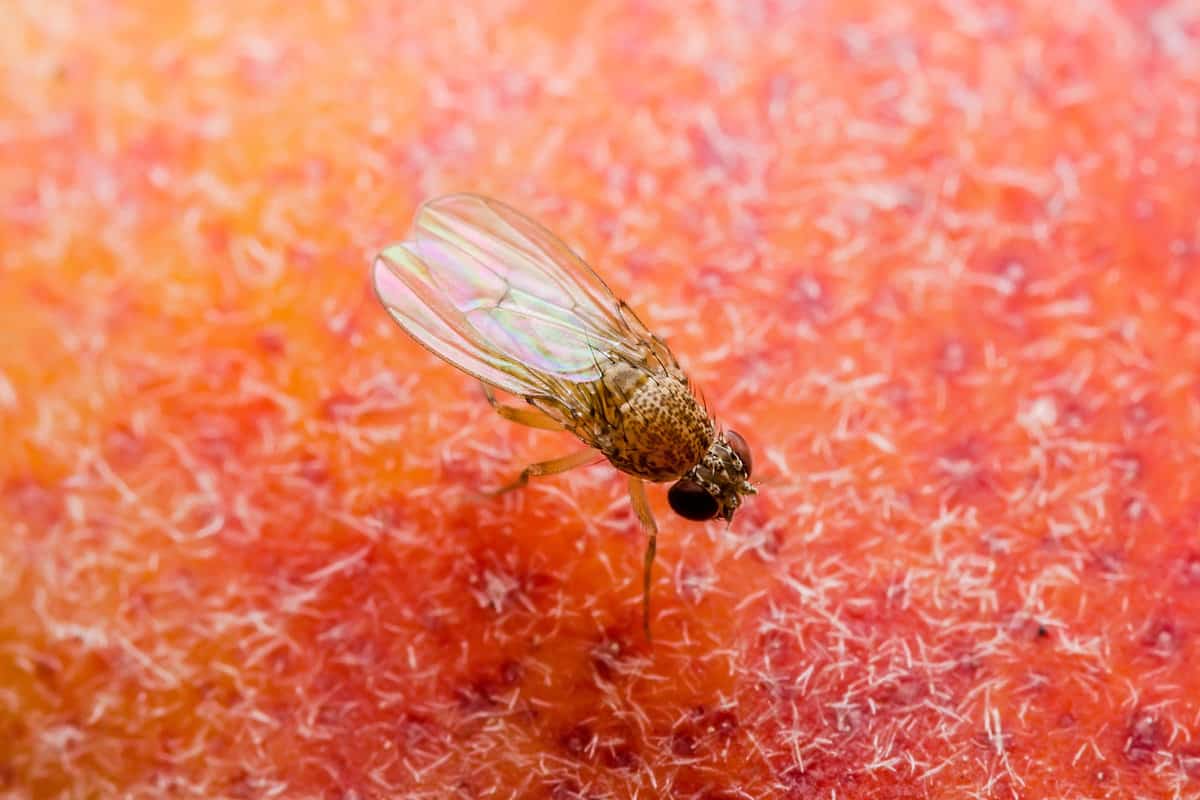
One problem that can adversely affect the health of goji berry plants is infestation by fruit flies such as the Drosophila Suzukii.
Furthermore, even basic plant care factors, like watering and providing sufficient nutrients, play a significant role in maintaining the health of your goji berry plant.
Common Signs of a Dying Goji Berry Plant
When tending to a goji berry plant, be vigilant for any signs of poor health. Knowing the common symptoms can help you identify and address the issue before it's too late.
Falling Leaves
One sign of a dying goji berry plant is falling leaves. Leaves may fall prematurely because of powdery mildew.

A greyish-white powdery cover on leaves characterizes this fungal disease and is common in humid weather conditions.
To combat powdery mildew, ensure proper air circulation and treat the plant with suitable fungicides.
You might also like: Pro-Level Gardening Tip: Use Cinnamon As A Natural Fungicide
Yellowing
Yellowing of leaves can indicate a nutrient deficiency, specifically nitrogen.
Provide your goji berry plant with an appropriate fertilizing routine to replenish essential nutrients and support overall health.
Evaluate the soil's nutrient profile, and if adjustments are necessary, amend it accordingly.
Wilting
A lack of water is the most common reason for wilting goji berry plants. These plants require regular watering, especially during hot summer months.
Watch for signs of dry soil and keep the plant consistently watered to maintain healthy growth.
Stunted Growth
Stunted growth can result from various factors, including improper watering, nutrient deficiencies, or even fungal infections.
If the plant is not growing as it should, investigate these issues and address them accordingly.
For example, ensure the soil's moisture content is balanced and offers essential nutrients to support the goji berry plant's needs.
Top Reasons Your Goji Berry Plant Might Be Dying
Goji berries, though hardy, can be affected by several factors that might lead to their decline.
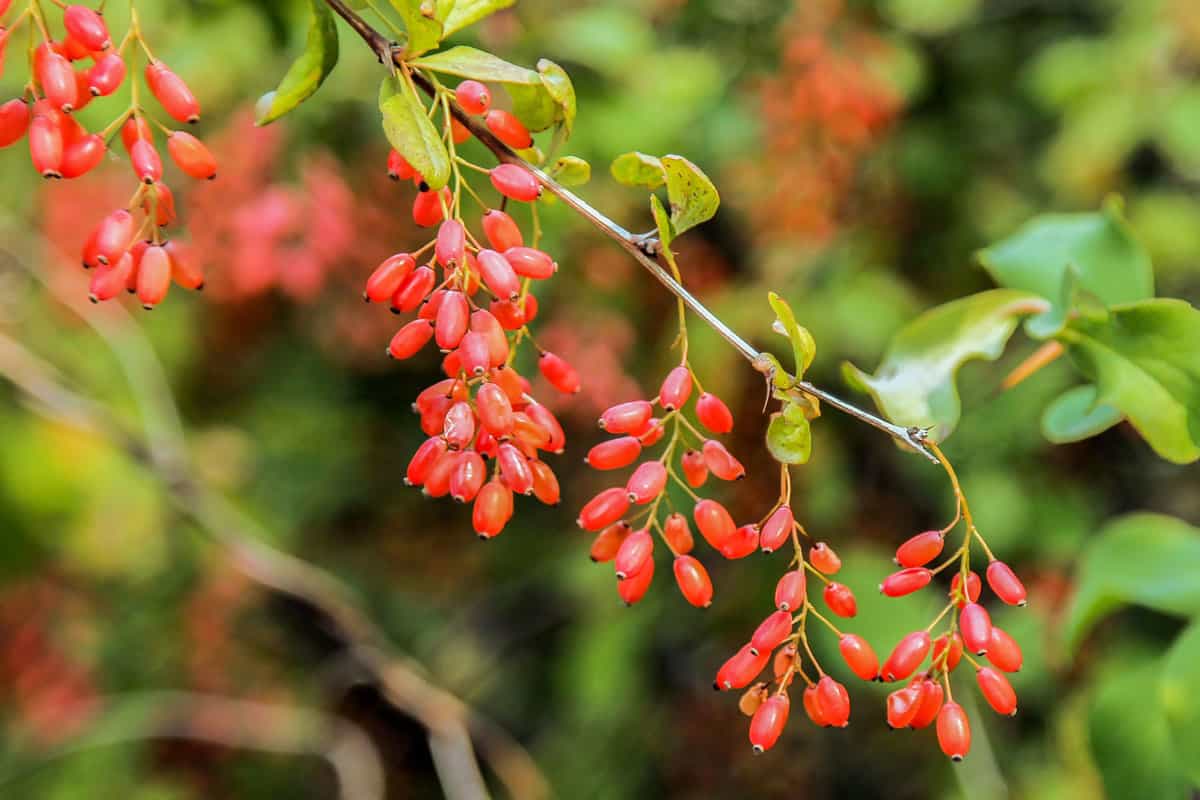
Here are the top reasons that could explain why your goji berry plant might be dying:
Watering Mishaps
One common reason for a dying goji berry plant is improper watering. These plants require consistent watering, especially during hot summer months.
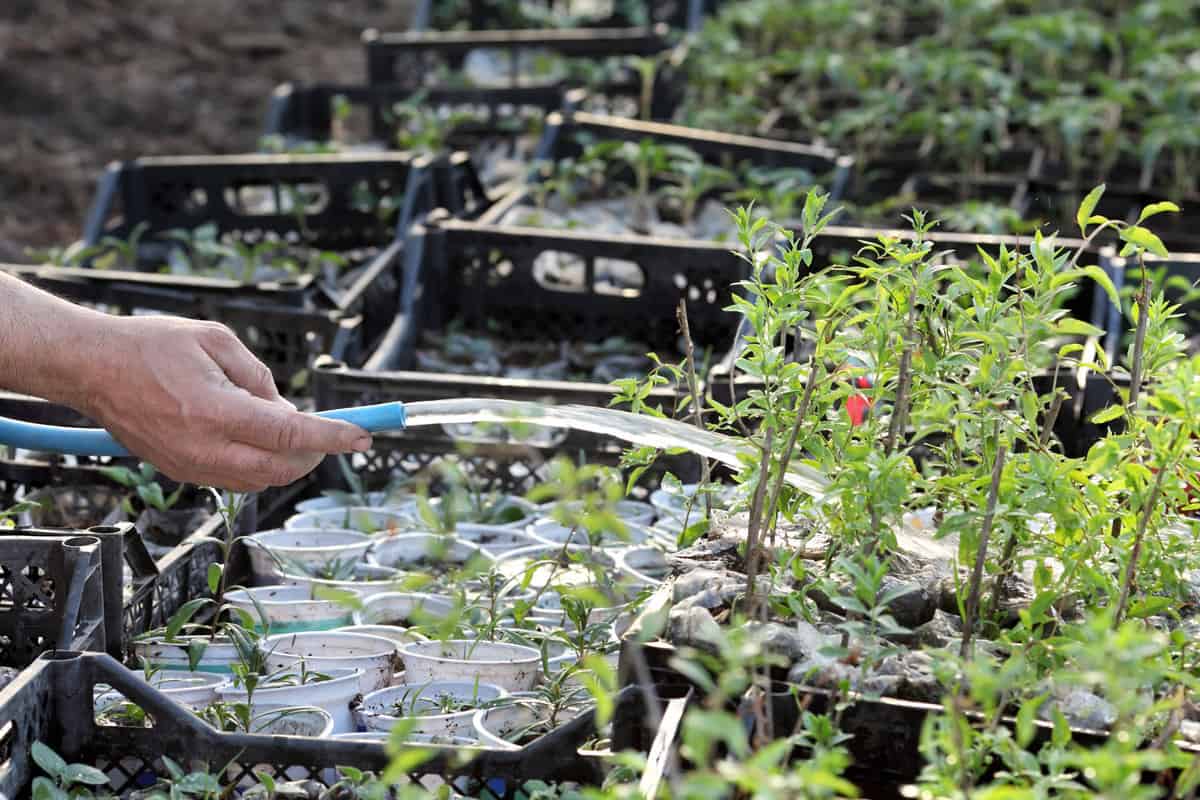
When the soil is too dry or too wet, it can cause stress on the plant, leading to wilting and eventually death.
To avoid watering mishaps, ensure that your goji berry plant is getting consistent and adequate water.
Be sure to read: The Plant Parenting Secret: Why Scheduling Watering Is a No-No!
Poor Soil Nutrition
Another factor that might affect the health of your goji berry plant is poor soil nutrition.
Calcium deficiency, for example, can be caused by over or under-watering and may be related to growing in unsuitable soil.
Ensure that your goji berry plant is planted in well-draining soil with the right balance of nutrients to avoid nutritional issues.
Unsuitable Climate Conditions
Goji berry plants may also struggle in unsuitable climate conditions. This may include extreme temperatures, humidity, or insufficient sunlight.

Always remember that the ideal environment for a goji berry plant is one with moderate temperatures, good air circulation, and plenty of sunlight.
Pathogens and Pests
Diseases and pests can also contribute to a declining goji berry plant. A common disease in humid weather conditions is powdery mildew, which affects the leaves and may stunt plant growth.
Pests, such as the drosophila suzukii fruit fly, can be damaging to goji berry plants as well. Neem oil can be used to treat an affected plant.
To help your goji berry plant thrive, remember to pay attention to its watering needs, provide suitable soil nutrition, maintain optimal climate conditions, and watch for any signs of diseases and pests.
You might also like: Can I Mix Fungicide & Insecticide? Are They Compatible?
Effective Remedies for Dying Goji Berry Plants
Goji berry plants, renowned for their nutritional benefits and distinctive flavor, can sometimes suffer from issues that lead to their decline.
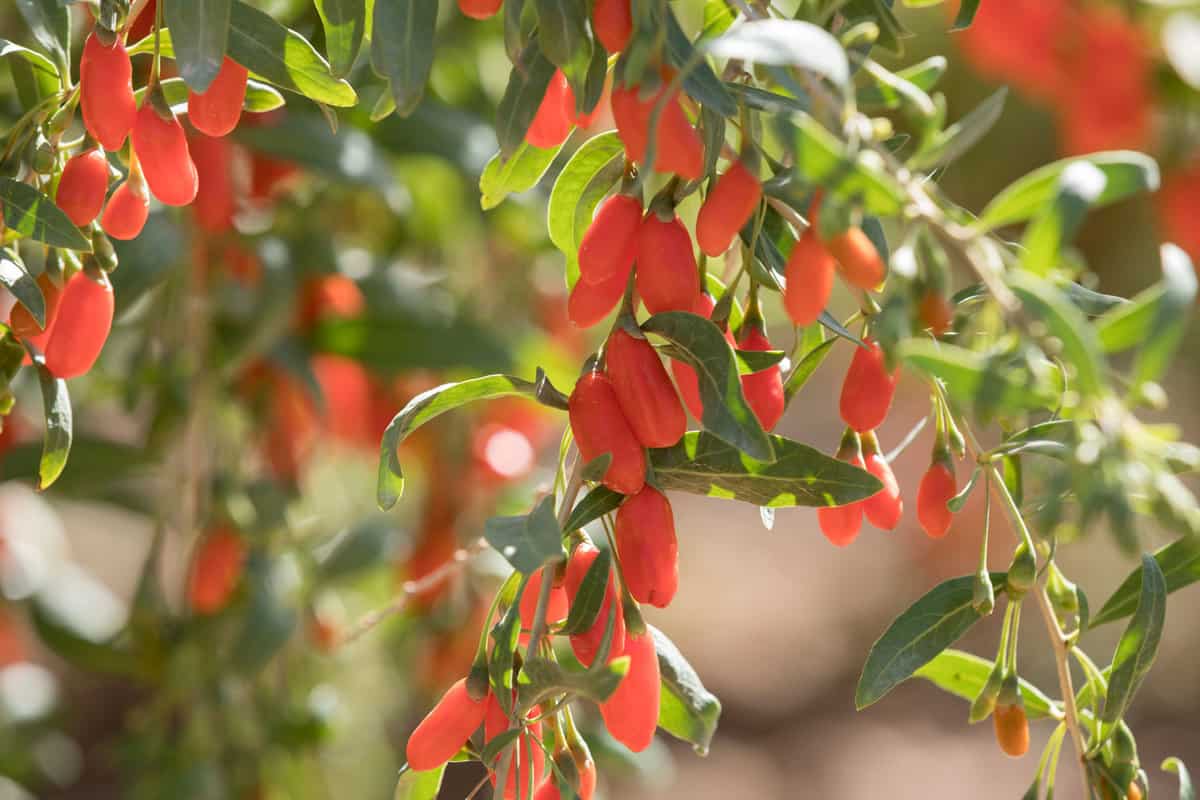
Here, we explore effective remedies that can help you nurse your goji berry plant back to health:
Correct Watering Techniques
Goji berry plants require consistent watering to thrive. To prevent your plant from dying, keep the soil moist but not soggy.
Most importantly, during the hot summer months, ensure that your plant gets regular watering. When watering, it's essential to:
- Avoid over-watering: Excess water can lead to root rot and other issues.
- Ensure proper drainage: The pot or ground soil should allow sufficient drainage to prevent waterlogged conditions.
Enhancing Soil Nutrition
Provide proper nutrients for your goji berry plant's growth. Plants with nutrient deficiencies may struggle to thrive. To enhance soil nutrition:
- Add organic matter: Incorporate well-composted materials to improve soil fertility and structure.
- Use fertilizers: Apply balanced fertilizers to ensure your goji berry plant receives essential nutrients.
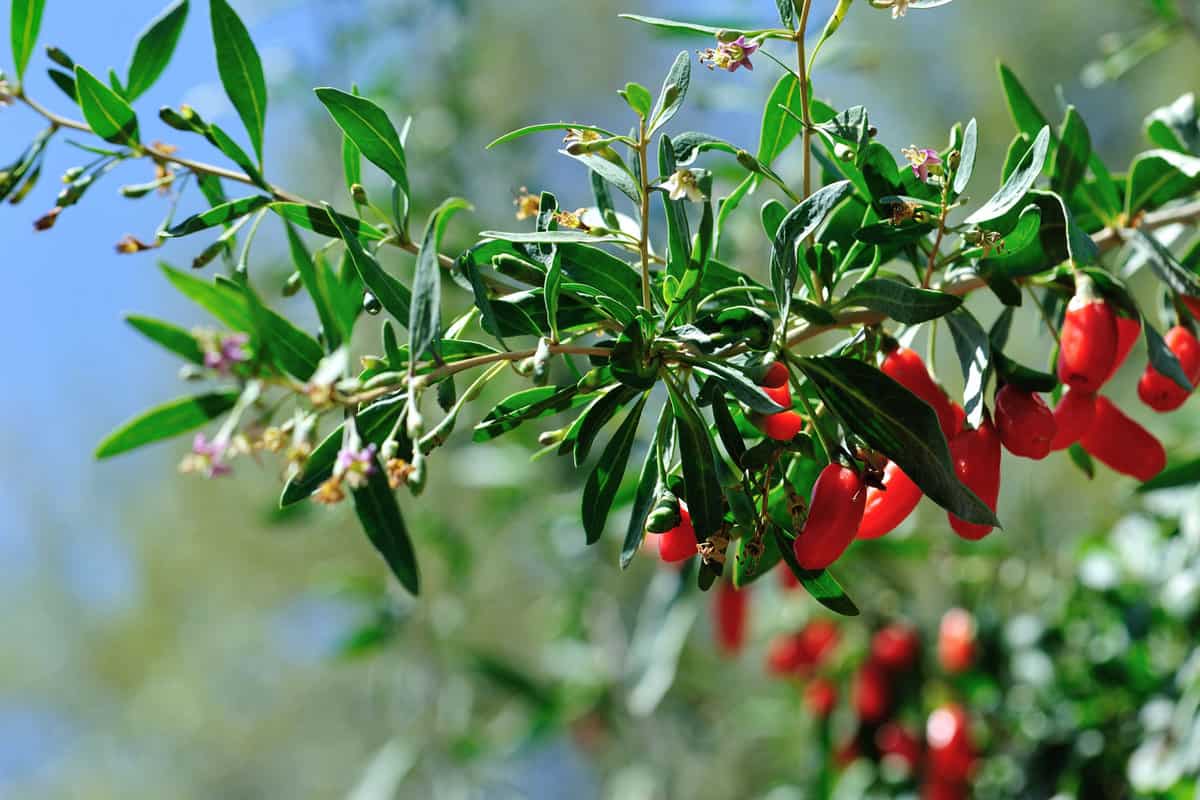
Controlling Climate Conditions
Goji berry plants can grow well in various climates, but they prefer certain conditions. Here are some tips for controlling the climate:
- Provide shade: In hot regions, offer some shade to protect your plants from sunburn and excessive heat. However, too much shade can inhibit growth, so striking the right balance is key.
- Maintain humidity: Keep the air around your plant humid but not overly saturated. This can help mitigate wilting due to high evaporation rates.
Pest and Disease Management
Pests and diseases can negatively impact your goji berry plant's health and cause wilting. To manage these issues:
- Monitor your plant: Regularly check for pests and signs of disease to address problems early on.
- Apply treatments: Use organic or chemical fungicides for fungal diseases and appropriate pesticides if pests are causing significant damage.
- Practice good hygiene: Clean up debris around your plant and sanitize tools to minimize the risk of spreading pests and diseases.
Preventative Measures for Goji Berry Plant Health
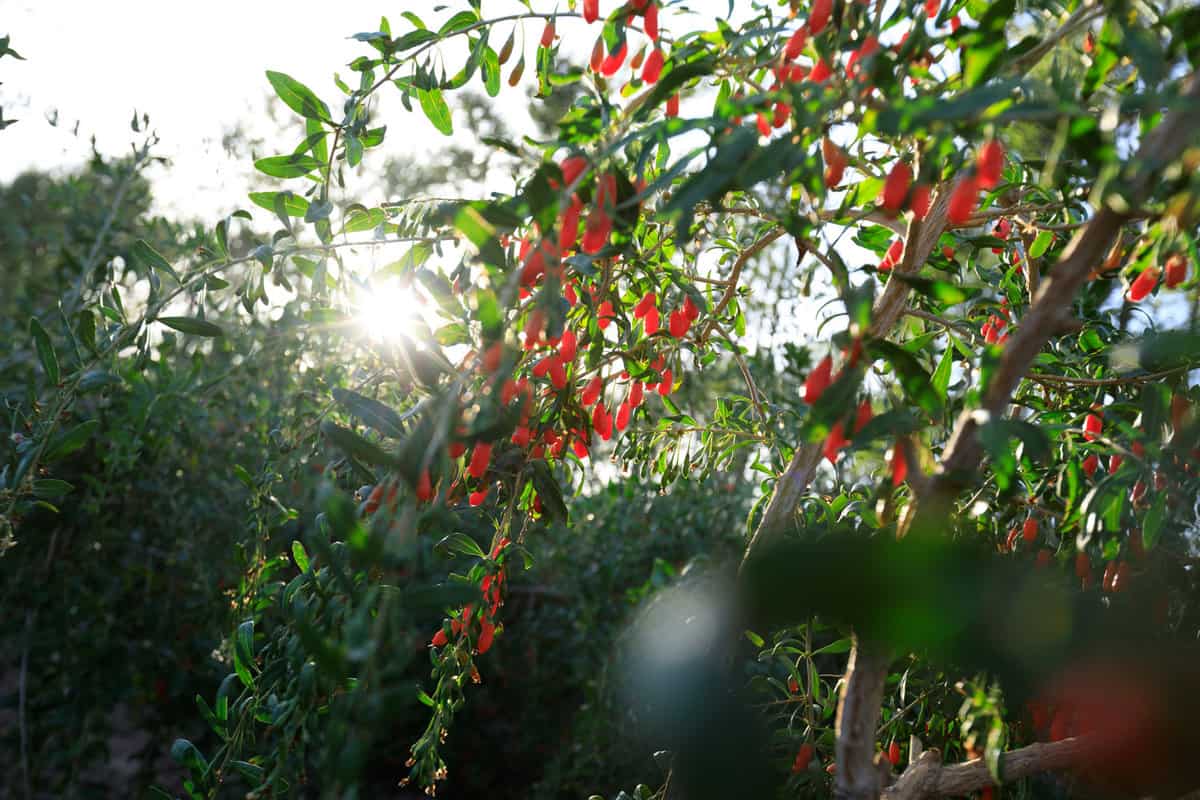
Cultivating goji berry plants requires a thoughtful approach to nurturing and protection. These vibrant and nutritious berries flourish when given the right care, and some strategic preventative measures can keep them thriving.
Proper Pruning Practices
A well-maintained goji berry plant requires regular pruning to stay healthy. From the plant's 2nd-5th years, prune off actively growing lateral branches to promote new growth and ensure maximum fruit yield.
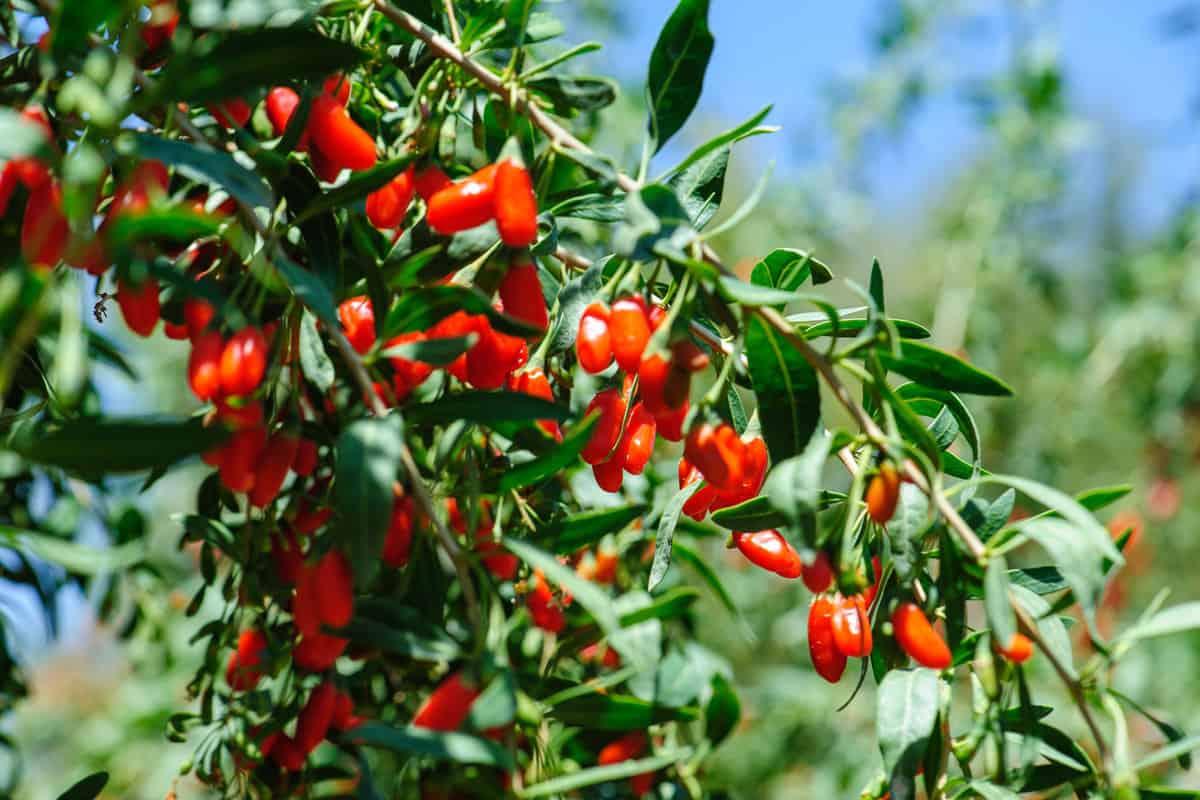
During the winter season, remove any dead or dying branches. In summer, trim the plant's top to maintain the desired height, and cut any sprouts near the base to prevent unwanted growth.
Be sure to read: Can You Kill A Fruit Tree By Over Pruning?
Seasonal Care
Goji berry plants thrive under specific environmental conditions.
They need potting soil with a ph between 6.5 and 7.0 and full sunlight. Suitable for USDA zone 4-7, goji berry plants can tolerate temperatures ranging from -16°F to 100°F.
Lower humidity levels, around 40%, are preferred by these plants.
During the first growth season, provide at least one inch of water per week to establish a robust root system. Afterward, minimal watering is required.
In Closing
Goji berry plants can be a delightful addition to your garden, offering a source of healthy and nutritious fruit. However, like other plants, they may encounter problems that could lead to their decline or even death.
By understanding these issues and applying the appropriate remedies, you'll be better equipped to keep your goji berry plants healthy and vibrant.
Additionally, by adopting good planting practices such as proper pruning, you can prevent and resolve common goji berry plant problems.
Your efforts will contribute to a thriving garden filled with a rich bounty of goji berries. Happy gardening!
